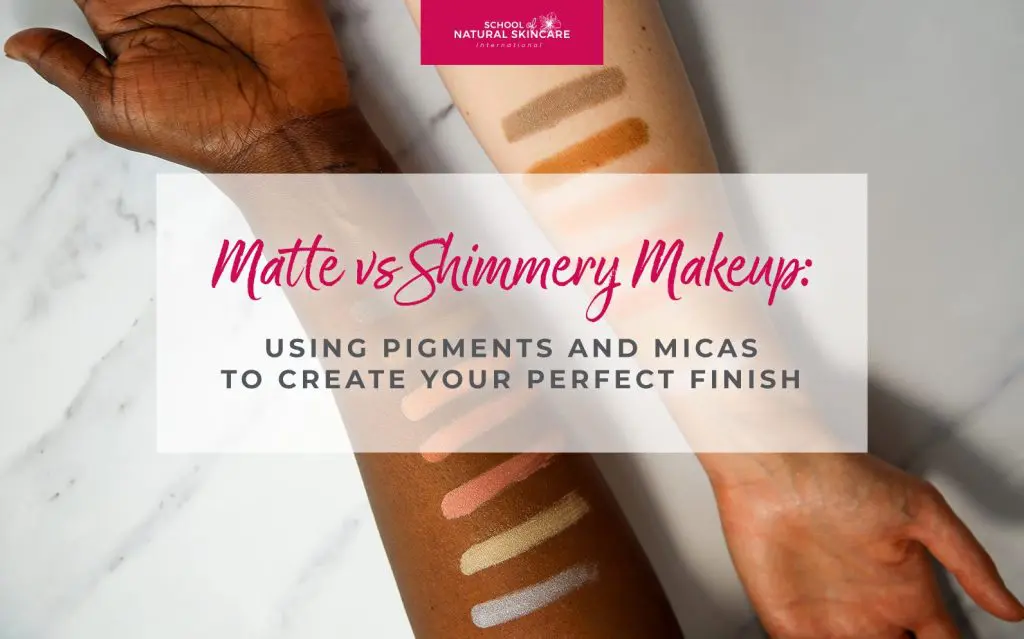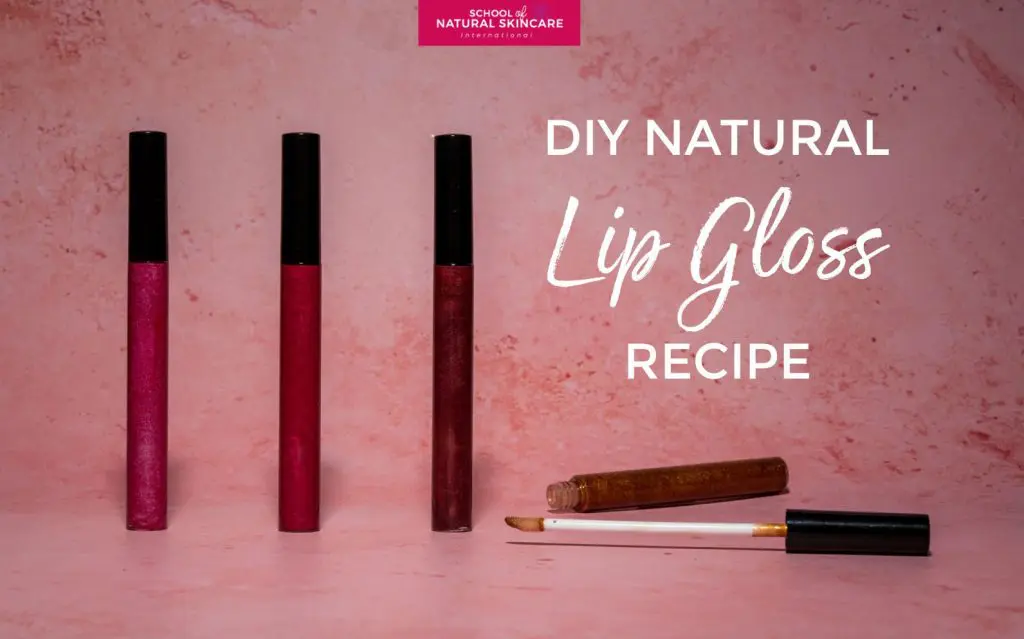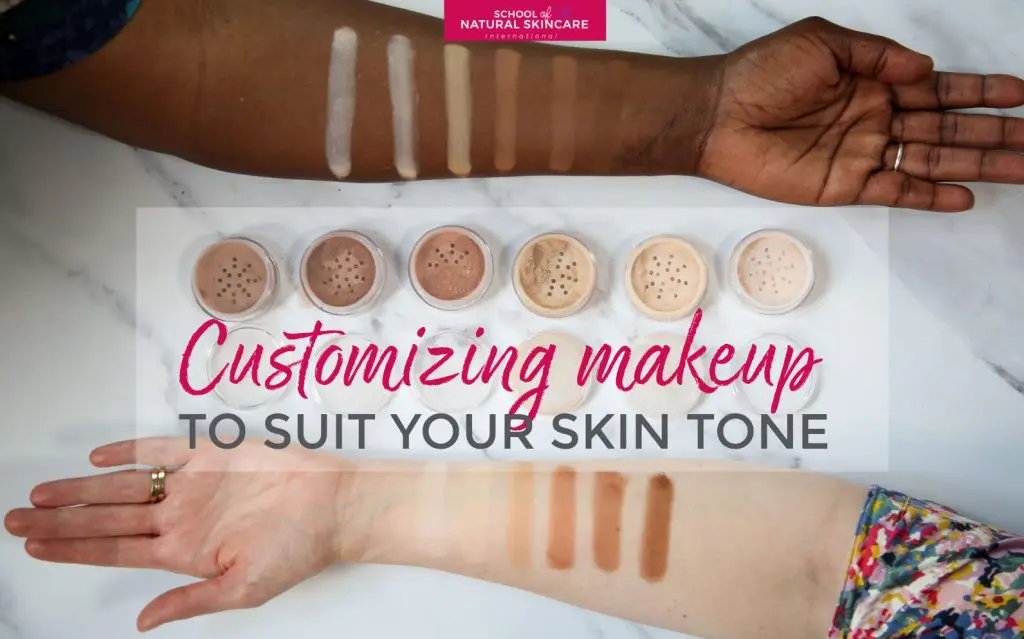Both powdered mineral makeup products and advanced color cosmetics can be formulated to have a matte finish or a shimmery finish (or somewhere in between!).
Part of the fun of formulating your own natural makeup products is choosing not only the shade you’d like to create but also the finish – matte, shimmery or satin. And of course, the format – loose powder, pressed powder, stick, cream, mousse or liquid.
How do you create matte, shimmery and satin finishes? Well, it comes down to your choice of pigments.
Using mineral pigments for a matte finish
To create products with a matte finish, choose mineral pigments as your colorants.
Mineral pigments are available in a wide range of colors. Examples include, yellow iron oxide, red iron oxide, black iron oxide, brown iron oxide, pink ultramarine, blue ultramarine and chromium oxide.
Mineral pigments provide intense, long-lasting and stable color, with a matte finish.
Colors can be blended to create many different shades – for example, when making mineral foundation, yellow, red and black iron oxide are used to create the basic shade. Chromium green and blue ultramarine are used to adjust the undertone.
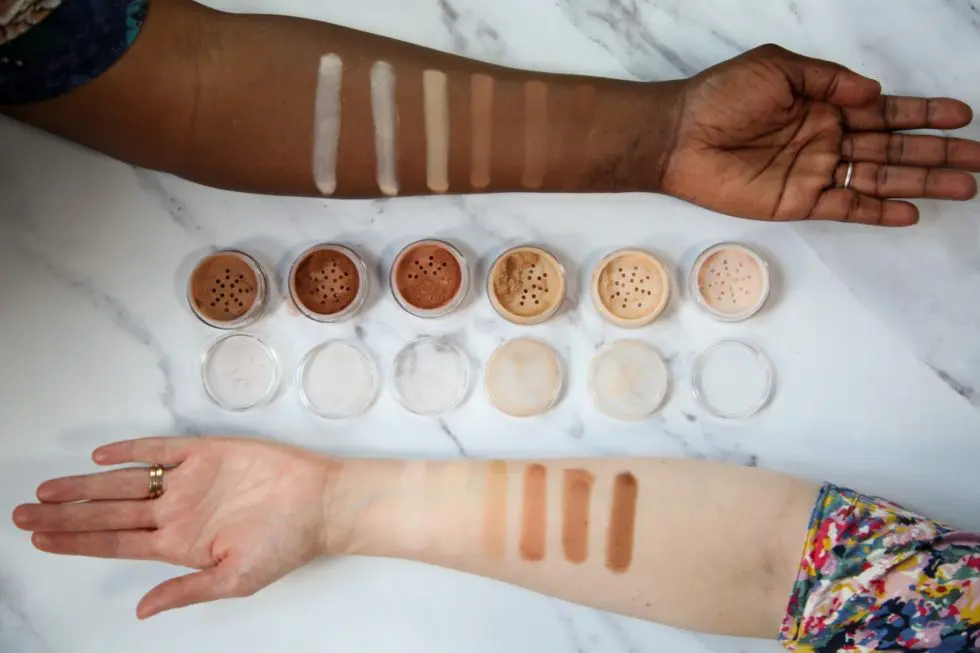
Matte eye shadows are another example of a using mineral pigments for a matte finish. They have no shimmer or sparkle effect, which makes them universally suitable for different looks.
Dark matte pigments in black or brown are used to give mascara and eyeliner a dark, bold, matte finish.
Mineral pigments are nature identical and are permitted in many natural/organic certifications such as COSMOS.
Using colored micas for a shimmery finish
If a shimmery finish is the look you’d like to achieve, then take a look at colored micas!
Mica itself is colorless to white. It can be treated with other colorants, such as mineral pigments or synthetic organic pigments, to achieve a shimmery colorant in several different hues.
Micas are so fun to formulate with as many shades are available. They also come in different finishes including shimmer, pearl, metallic and glitter. You may not even need to blend different micas together to achieve your desired shade as there are so many shades to choose from.
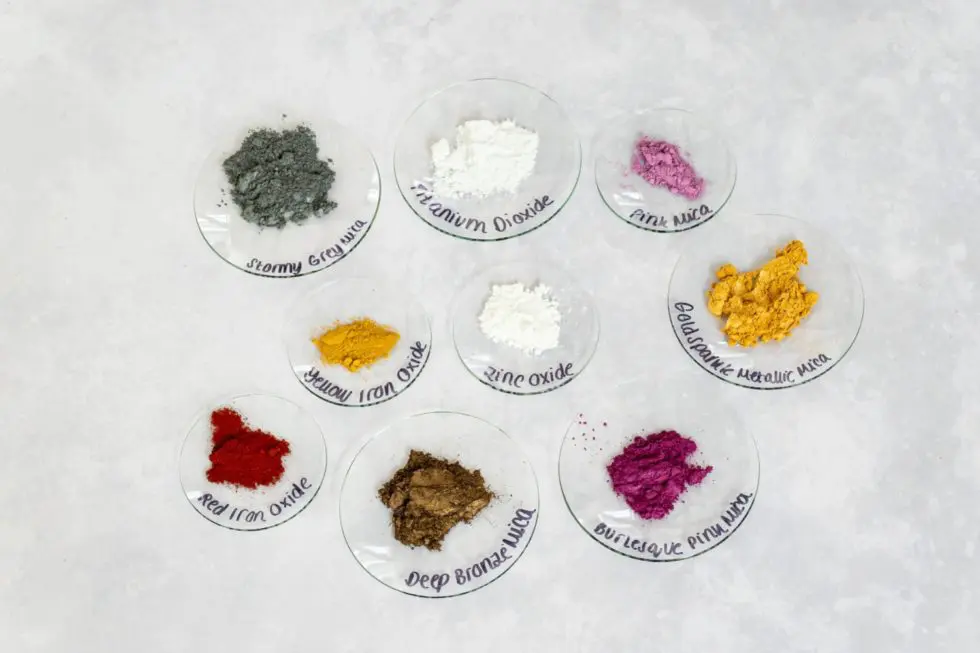
When choosing colored micas, always check the INCI list to see which colorants have been used to give it color. Especially if you are formulating a product designed to have organic certifications, as only mineral pigments will be permitted, not synthetic organic pigments.
If the mica contains colorants with CI numbers starting with 77, then it is made just from mineral pigments. Anything else could mean other pigments, either natural (eg carmine, which is animal-derived), or synthetic.
A quick and easy way to make a tinted tip balm is to use a mica in a red or pink shade. Micas are very easy to disperse in oils so they will mix in well with the lip balm formula.
The amount of mica added can be adjusted depending on how strong a tint you desire.
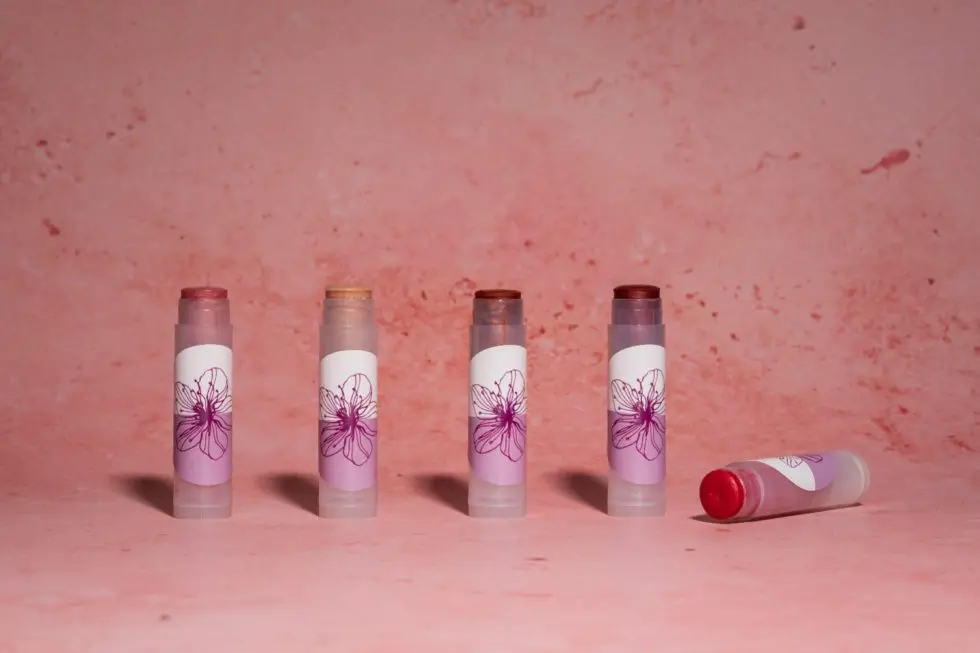
Blending mineral pigments and micas for a satin finish
Mineral pigments and micas can be blended together for an intense color with a slight sheen or shimmer.
Satin eye shadows are a great example. They are somewhere between shimmery and
matte eye shadows and are recognized by their subtle and elegant sheen that is not too sparkly.
Satin eye shadows are made similarly to matte eye shadows, using matte mineral pigments, with the addition of shimmer (or pearl) mica to create a look with a satin sheen. For a more noticeable sheen, you can add more shimmer mica, or you can add just a small amount of shimmery colored mica to your blend.
Satin blushers can be created with a blend of iron oxides and micas. One of our favorite satin blusher shades is ‘Sunset’ – a light peach with warm undertones – made using red, yellow and brown iron oxides with red and peach mica.
Other ingredients that affect the finish of your makeup products
In color cosmetics products the ‘base’ ingredients that you choose will also affect how the product looks on your skin. For example, you can choose to create a glossy, dewy appearance useful for lip glosses, and perhaps blushers and bronzers, through your choice of emollients. Using richer emollients can be useful to give a nourished and dewy look. If you’d prefer a matte appearance then you would choose lighter emollients and make other adjustments to your formula, such as adding more powders.
Formulating natural color cosmetics
Start creating your own natural mineral makeup and advanced color cosmetic products today with our Diploma in Formulating Natural Makeup and Advanced Color Cosmetics!
You’ll learn in detail about color theory, discovering primary, secondary and tertiary colors, color harmony, hues, tints, tones, shades and undertones.
You’ll learn about pigments in more detail so that you can create your perfect shade with your preferred finish, suited to your skin tone.
We provide plenty of formulations ready for you to use and expert guidance so you can create your own unique formulas, too. Plus, expert help from our Cosmetic Scientists when you need it.
We can’t wait to welcome you!

